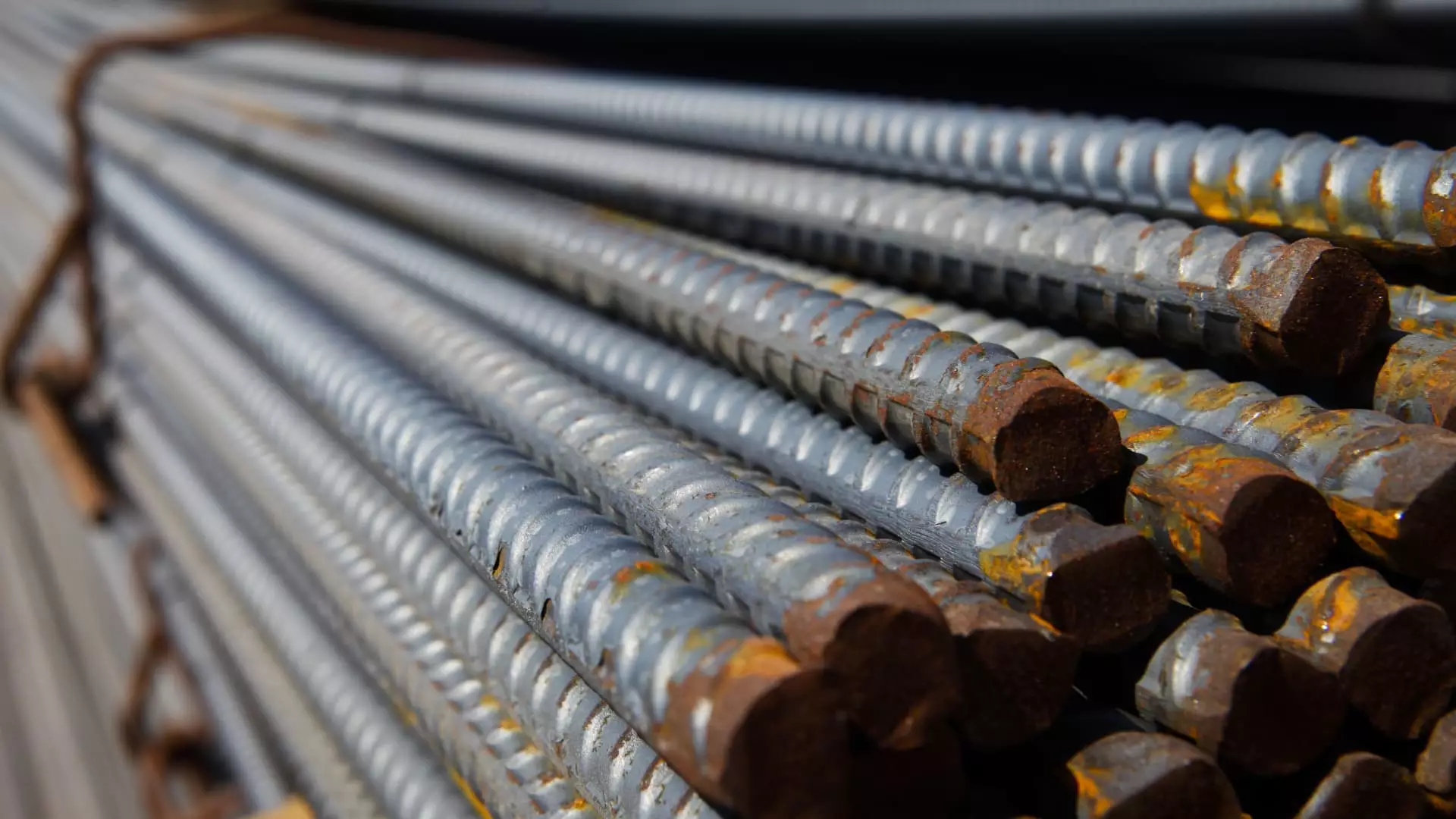In recent years, U.S. steelmakers have found themselves at a crossroads, influenced heavily by the economic landscape shaped by tariffs imposed by the Trump administration. These tariffs—25% on imports from Mexico and Canada, along with a 10% tax on those from China—have been justified as a necessary measure to protect domestic industries suffering due to what they call “unfair trade practices.” However, while these protective measures are meant to stimulate local production and drive up prices, the actual economic implications are subject to scrutiny and can have varying consequences as the market adapts.
The immediate reaction from the stock market following these announcements revealed a mixture of optimism and caution. Although steel stocks like Nucor and U.S. Steel benefitted marginally in the short term, the broader market saw fluctuations, indicating a level of uncertainty among investors. For instance, the Dow Jones open with losses ultimately turned into a slight recovery, showcasing how market sentiment can oscillate based on news of tariff developments. The initial enthusiasm around steelmakers reflects a common expectation: that tariff measures will indeed limit foreign competition, thereby enhancing domestic production capacity.
The concept of “dumping” remains crucial in this discourse, where foreign steel is reportedly sold at prices below local market rates. Nucor CEO Leon Topalian describes dumping as creating a significant imbalance, jeopardizing the viability of U.S. steel companies. It reflects a systemic issue within international trade, highlighting the need for protective tariffs that many hope will rectify this skewed competition. However, simply imposing tariffs does not guarantee a resurgence in domestic production or a complete resolution of the challenges faced by local manufacturers.
Analysts from Morgan Stanley predict a gradual recovery in steel prices, citing tariffs as a driving factor. Nevertheless, they remain cautious, emphasizing that demand growth for steel is expected to be modest, approximately 1.6%. This stagnation creates a paradox: while tariffs may protect and enhance pricing power in the long run, limited demand ahead could offset these benefits. Market movements will inevitably depend not just on tariffs but also on the broader economic climate, including sectors like automotive manufacturing, which account for a significant portion of steel consumption in the U.S.
The steel industry is currently facing a multifaceted landscape. Recent attempts by Nippon Steel to acquire U.S. Steel may reflect larger shifts in corporate strategy, but these discussions were curtailed by the Biden administration, highlighting the geopolitical undercurrents affecting trade. Additionally, reports of Nucor’s potential partnership with Cleveland-Cliffs signify a trend towards consolidation as companies grapple with uneven market conditions. For many steelmakers, the combination of tariffs and strategic alliances may be essential to navigate an increasingly competitive arena.
Amid the short-term benefits brought by tariffs, analysts warn of potential long-term risks that could undermine the sector’s growth. Bank of America Securities has specifically noted the precarious nature of U.S. steel stocks, particularly in view of decreasing automotive production, which would directly affect demand. The interplay of tariffs, shifting production capacities, and economic pressures creates complex dynamics that investors must consider carefully before making commitments.
As U.S. steelmakers continue to navigate the implications of tariff policies, the path forward remains fraught with both opportunity and uncertainty. While immediate benefits are observable through potential price increases and production incentives, the underlying concerns regarding demand and international competition cannot be overlooked. The steel industry may be on the brink of a resurgence, yet, its sustainability will heavily depend on strategic adaptations and market responsiveness in the face of global challenges. For stakeholders, understanding these nuances will be vital as they forge ahead in a rapidly evolving economic landscape.

